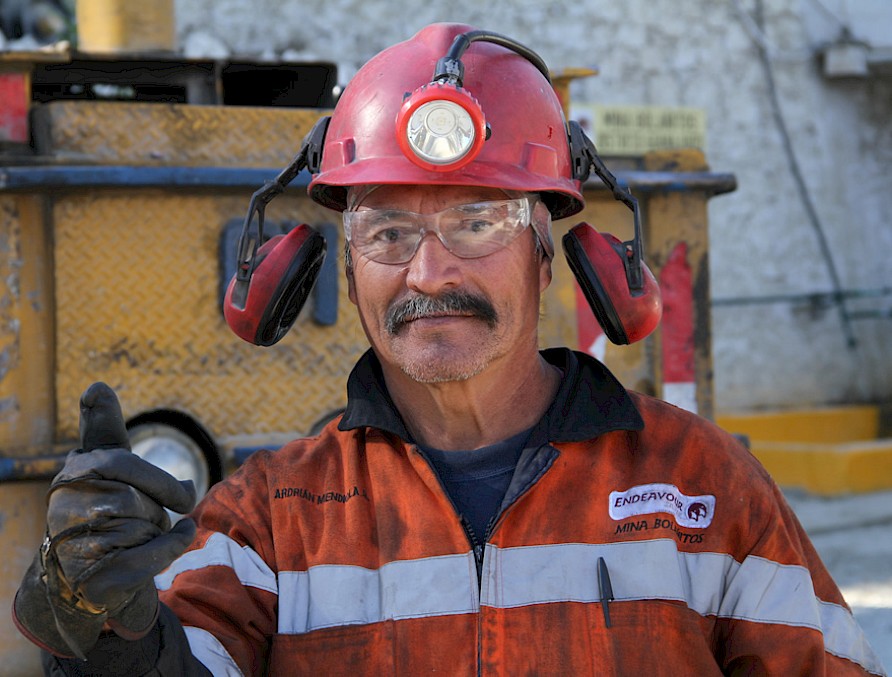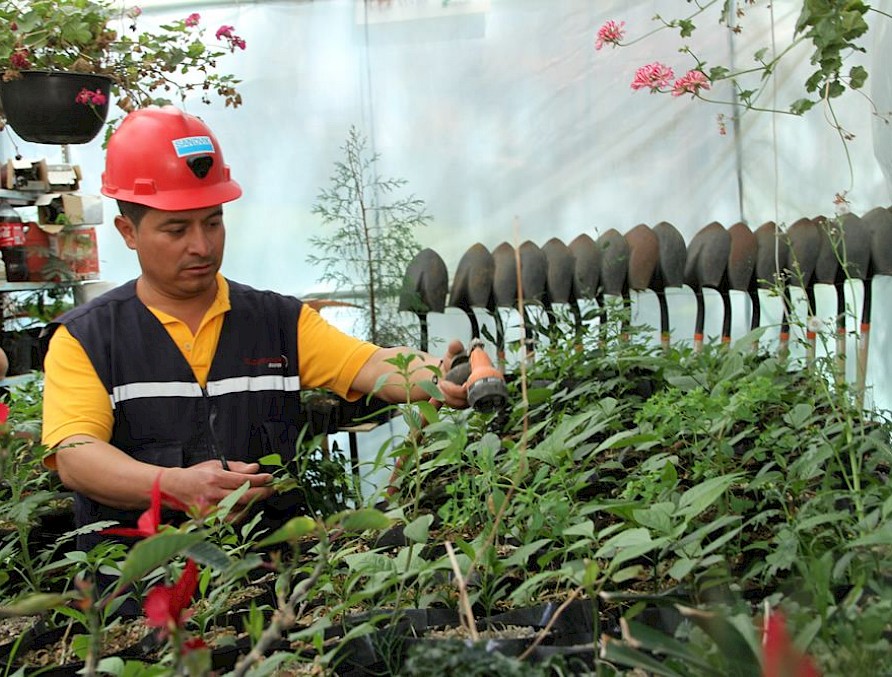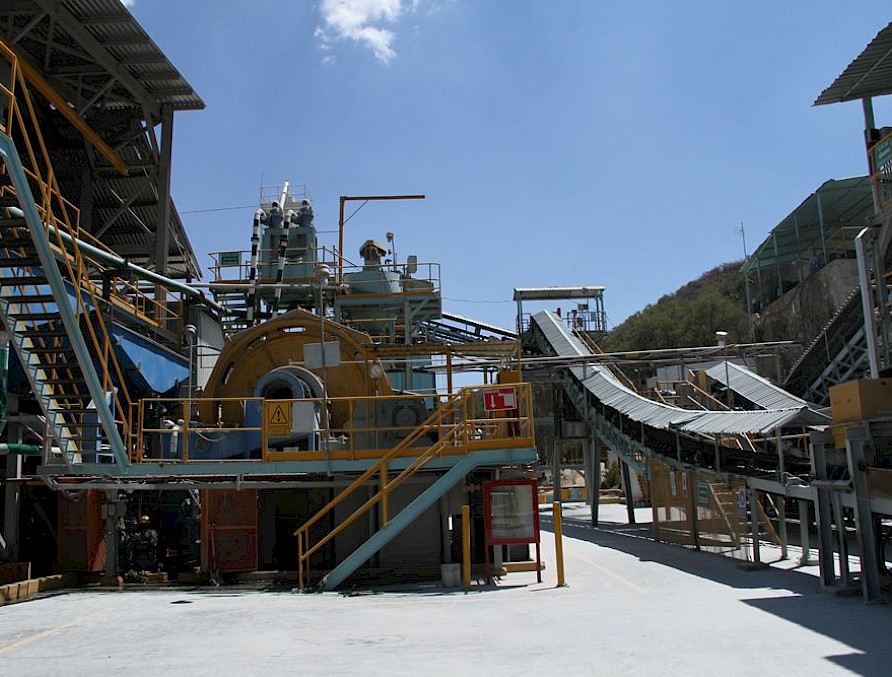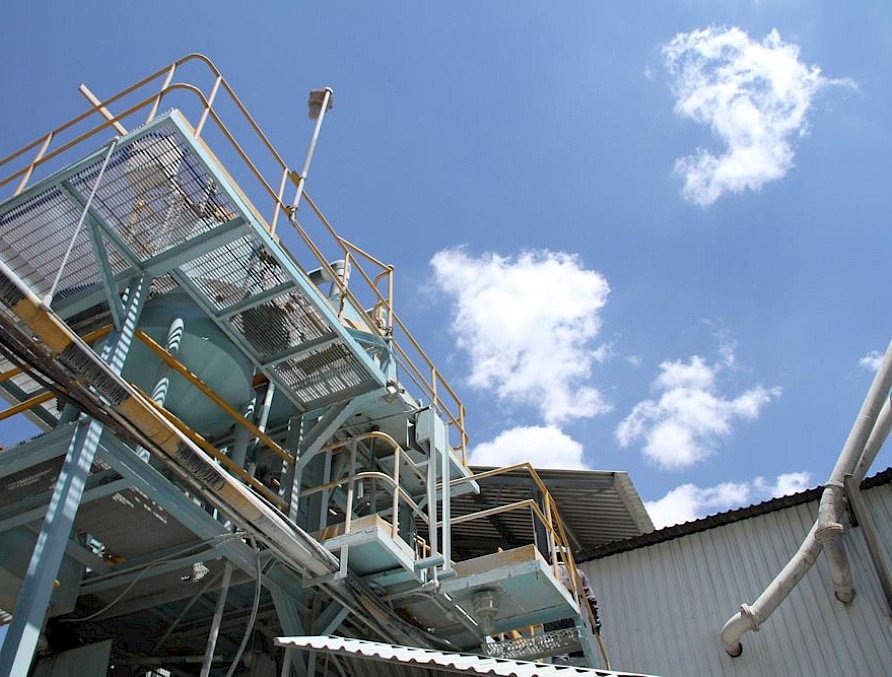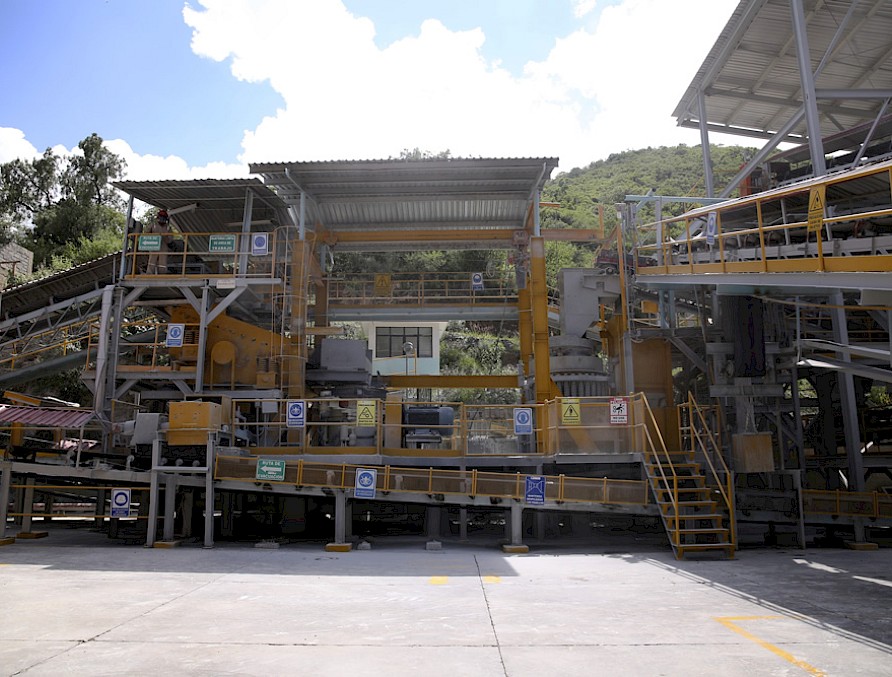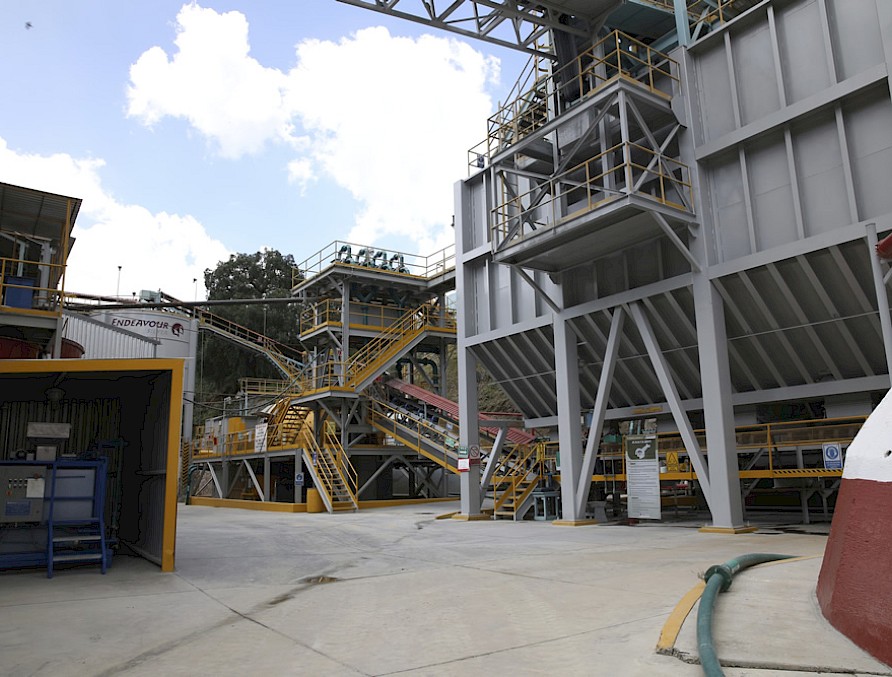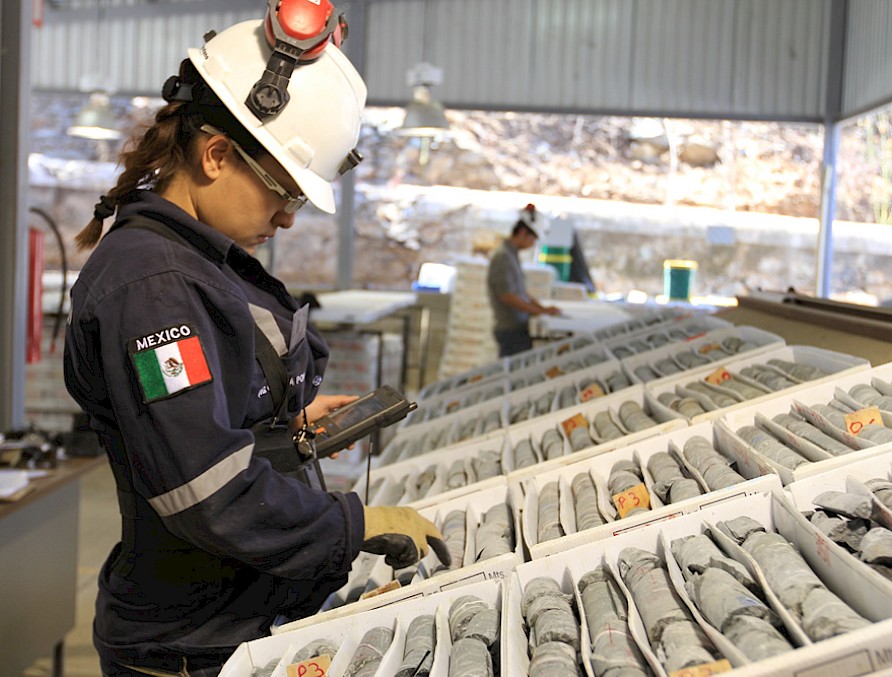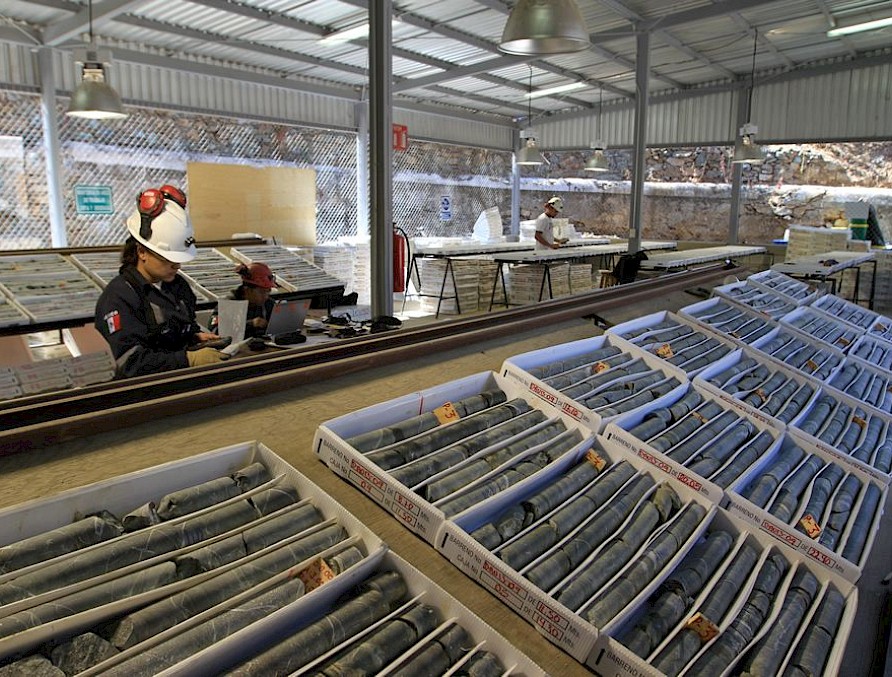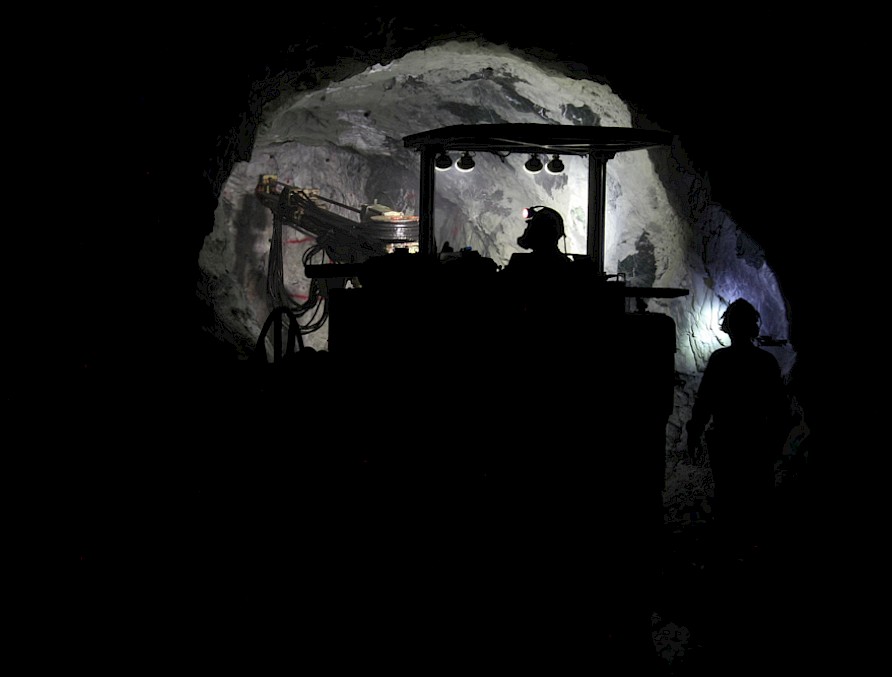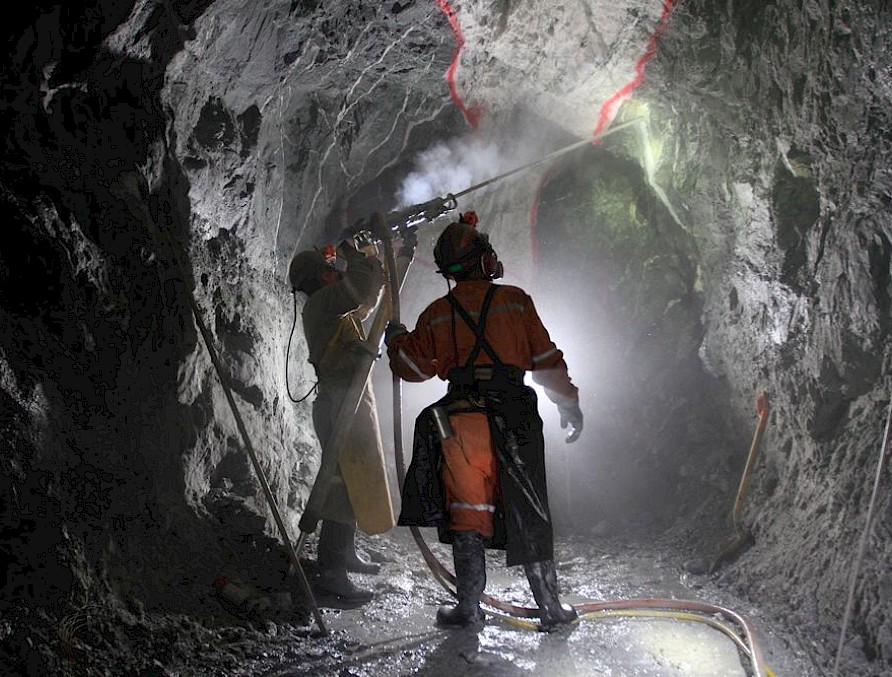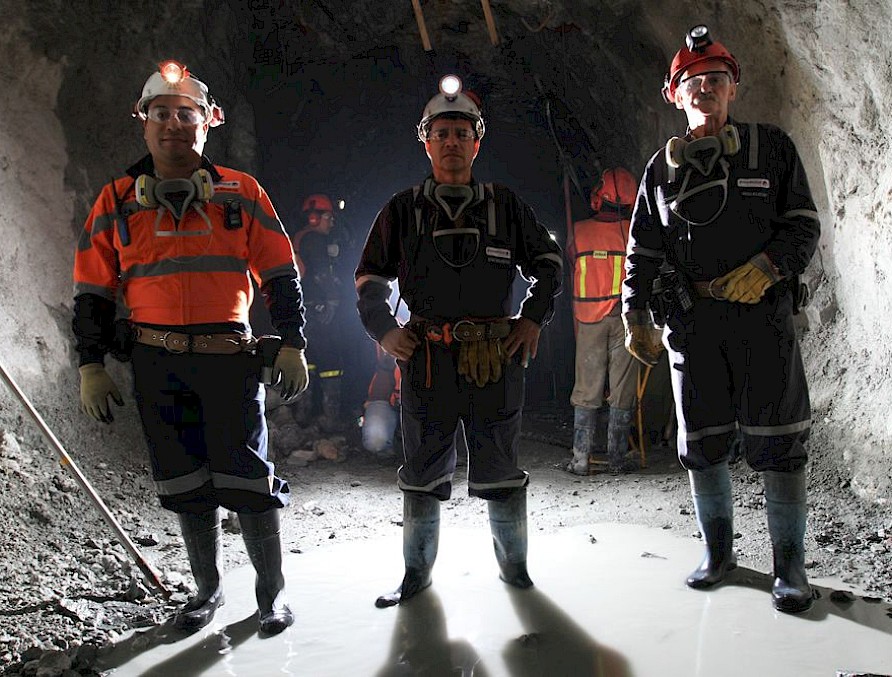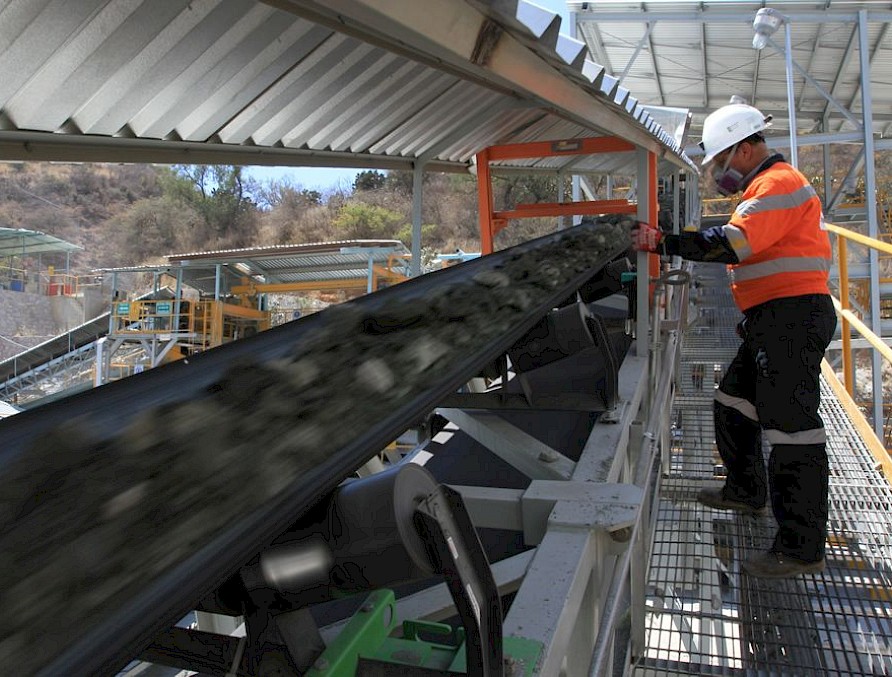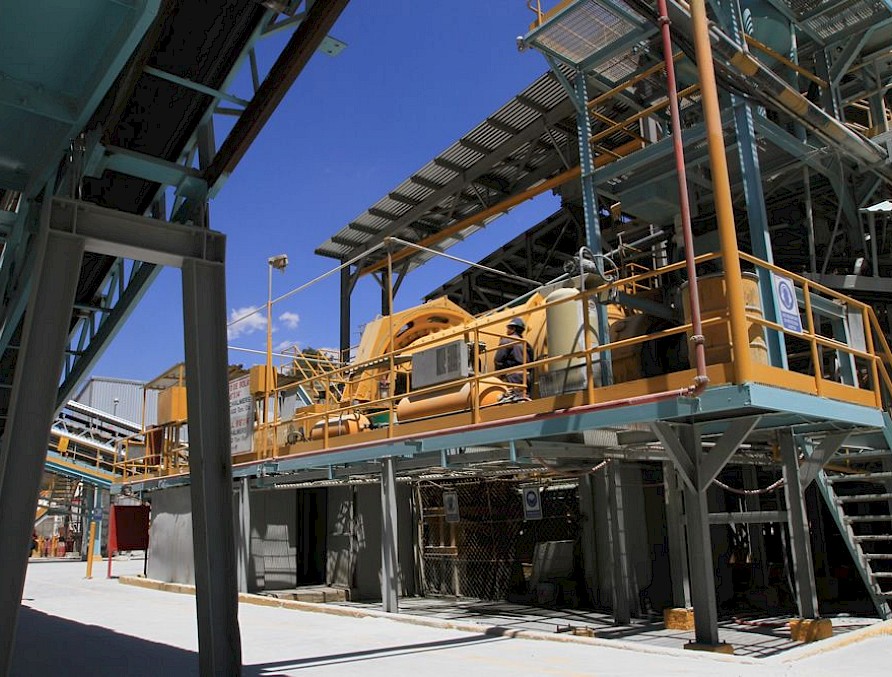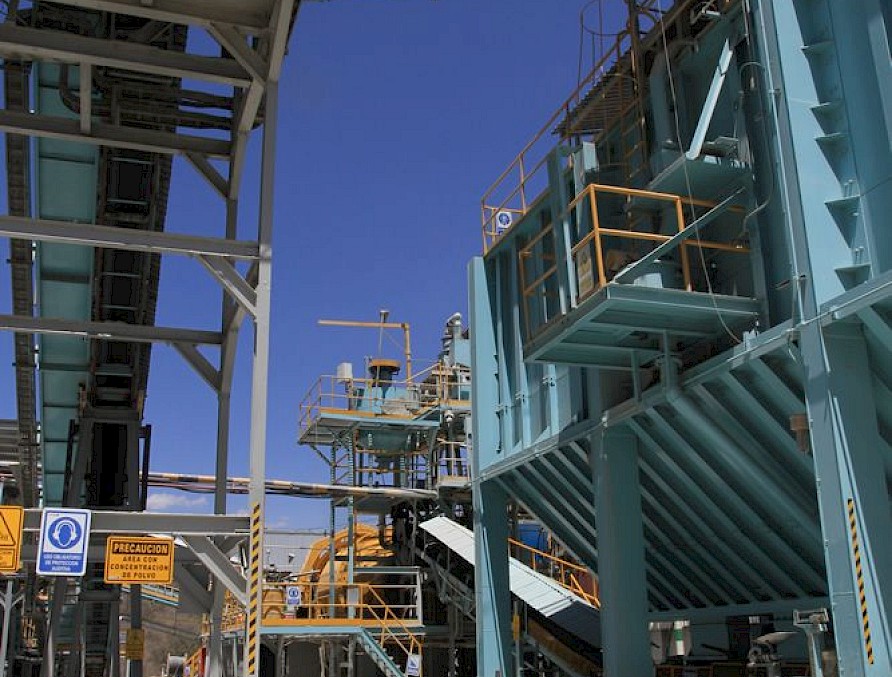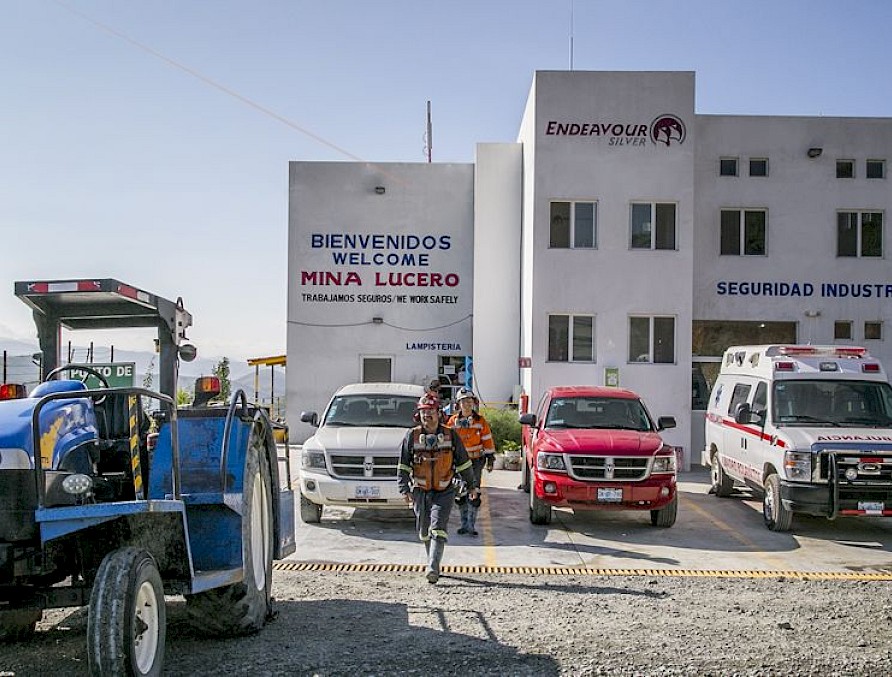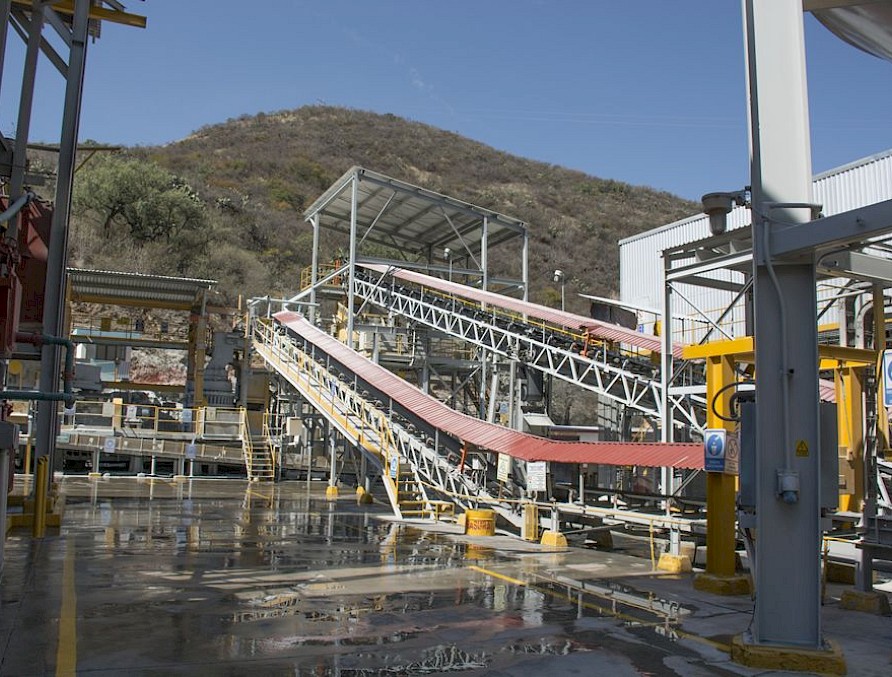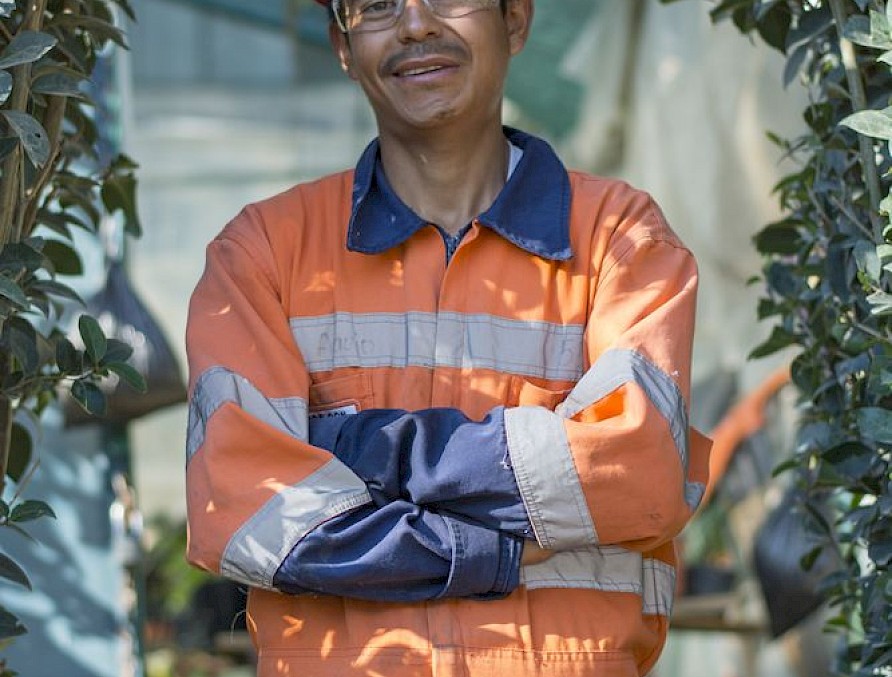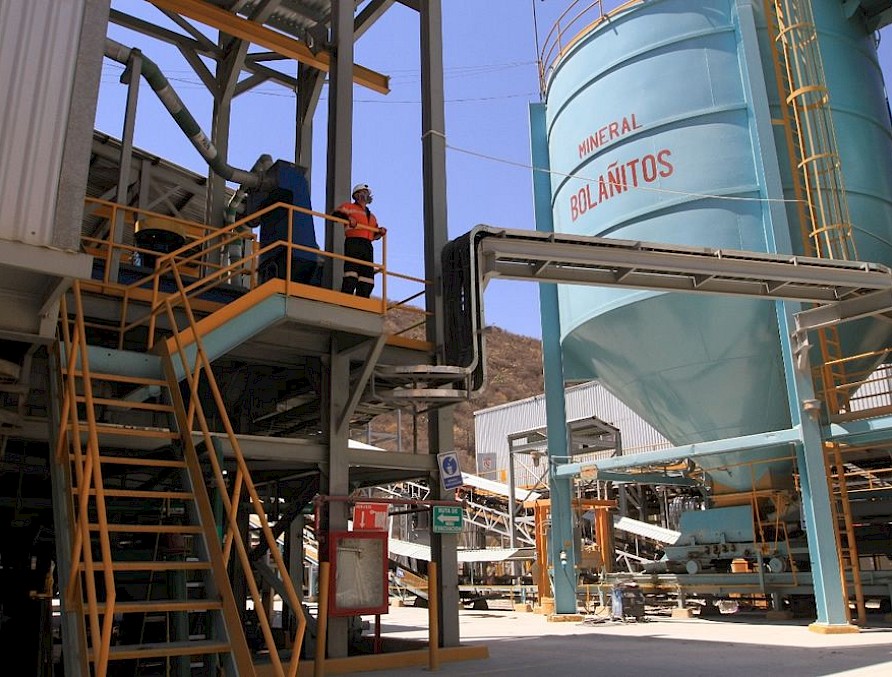-
|
Underground gold mine with exploration upside and nearby acquisition opportunities to provide future growth
Endeavour acquired its second mine, Bolañitos, in 2007, located in Guanajuato, which is the second largest historic silver mining district in Mexico.
Endeavour continued low level production until discovering the first new orebody at Lucero in 2008. The mines were developed using mechanized, underground, and ramp access, while the plant capacity was expanded by more than 300% to 1600 tpd capacity. The Company subsequently discovered ten new orebodies, eight of which have been mined. Bolanitos provides steady employment to over 380 people and engages approximately 250 contractors.
In 2019 we completed an operational turnaround at Bolañitos to improve mine profitability. Remedial measures included:
- resequencing the mine plan to allow for better blending
- fast tracking development to improve ore access
- purchasing, renting and leasing new equipment to reduce operating costs.
Currently, Endeavour is mining three orebodies at Bolañitos: Lucero, La Luz and San Miguel.
In 2025, plant throughput at Bolañitos is expected to range from 1,100 tpd to 1,200 tpd and average 1,170 tpd sourcing material from the Plateros-La Luz, Lucero-Karina and Bolañitos-San Miguel vein systems. Mine grades are expected to be higher for silver and lower for gold and recoveries are expected to be similar to 2024. Cash costs per oz, AISC and direct costs 2 on a per tonne basis are expected to be higher in 2025 compared to 2024 due to lower gold by-product credits driven by the lower gold price estimate.
Operating Data
2024 2023 2022 2021 2020 Silver produced (oz) 452,627 567,466 622,892 491,000 353,318 Gold produced (oz) 25,230 22,903 21,813 24,652 18,963 Silver equivalent produced (oz) 80:1 ratio 2,471,027 2,399,706 2,367,932 2,463,572 1,870,358 Ore processed (t) 427,646 440,973 422,239 418,514 331,174 Silver/ gold grade (g/t) 39/1.98 47/1.82 52 / 1.77 42 / 2.02 40 / 2.02 Cash operating costs ($/oz sold) 1 ($31.37) ($2.78) $3.28 ($19.77) ($32.11) All-in sustaining costs ($/oz sold) 1 $1,47 $29.55 $34.00 $25.14 $25.53 1 These are examples of Non-IFRS Financial Measures. Please refer to the Non-IFRS Measures section of the Company’s Management’s Discussion & Analysis for further information and definitions of these terms.
Mineralized veins at Bolañitos consist of the classic banded and brecciated epithermal variety. Silver occurs primarily in dark sulfide-rich bands within the veins, with little mineralization within the wall rocks. The major metallic minerals reported include pyrite, argentite, electrum and ruby silver, as well as some galena and sphalerite, generally deeper in the veins. Mineralization is generally associated with phyllic (sericite) and silicification alteration which forms haloes around the mineralizing structures. The vein textures are attributed to the brittle fracturing-healing cycle of the fault-hosted veins during and/or after faulting.
Economic concentrations of precious metals are present in “shoots” distributed vertically and laterally between non-mineralized segments of the veins. Overall, the style of mineralization is pinch-and-swell with some flexures resulting in closures and others generating wide sigmoidal breccia zones. Endeavour Silver Corp. NI 43-101 Technical Report Bolañitos Project Geological Setting and Mineralization 29 Primary economic mineralization at Bolañitos is gold and silver. Bolañitos is postulated to be a low sulphidation system with pyrite but no arsenopyrite. The silver-rich veins of Bolañitos contain quartz, adularia, pyrite, acanthite, naumannite and native gold. Native silver is widespread in small amounts. Much of the native silver is assumed to be supergene. Silver sulfosalts (pyrargyrite and polybasite) are commonly found at depth
The Guanajuato silver-gold district is characterized by classic, high grade silver-gold, epithermal vein deposits with low sulfidation mineralization and adularia-sericite alteration. The Guanajuato veins are typical of most epithermal silver-gold vein deposits in Mexico with respect to the volcanic or sedimentary host rocks and the paragenesis and tenor of mineralization. Epithermal systems form near the surface, usually in association with hot springs, and to depths on the order of a few hundred meters.
As the mineralizing process is driven by filling of void spaces and fissures, mineralization geometry is affected by the permeability and orientation of the host structures. Mineralization tends to favor dilatant zones in areas where fractures branch or change orientation, which may be driven, in turn, by wall rock competency and/or relative hardness of individual strata. Low-sulfidation epithermal veins in Mexico typically have a well-defined, sub-horizontal ore horizon about 300 m to 500 m in vertical extent, where high grade ore shoots have been deposited by boiling hydrothermal fluids. The minimum and maximum elevations of the mineralized horizons at the Bolañitos mine have not yet been established precisely, but historic and current production spans an elevation range from 1900 to 2300 m.
Low-sulfidation deposits are formed by the circulation of hydrothermal solutions that are near neutral in pH, resulting in very little acidic alteration with the host rock units. The characteristic alteration assemblages include illite, sericite and adularia that are typically hosted either by the veins themselves or in the vein wall rocks. The hydrothermal fluid can travel along discrete fractures creating vein deposits, or it can travel through permeable lithology such as poorly welded ignimbrite flows, where it may deposit its load of precious metals in a disseminated fashion. In general, disseminated mineralization is found some distance from the heat source.
- Home
- Quiénes somos
- Sustentabilidad
- Inversionistas
- Noticias & Media
- Careers
© 2025 Endeavour Silver Corp.
All rights reserved.

